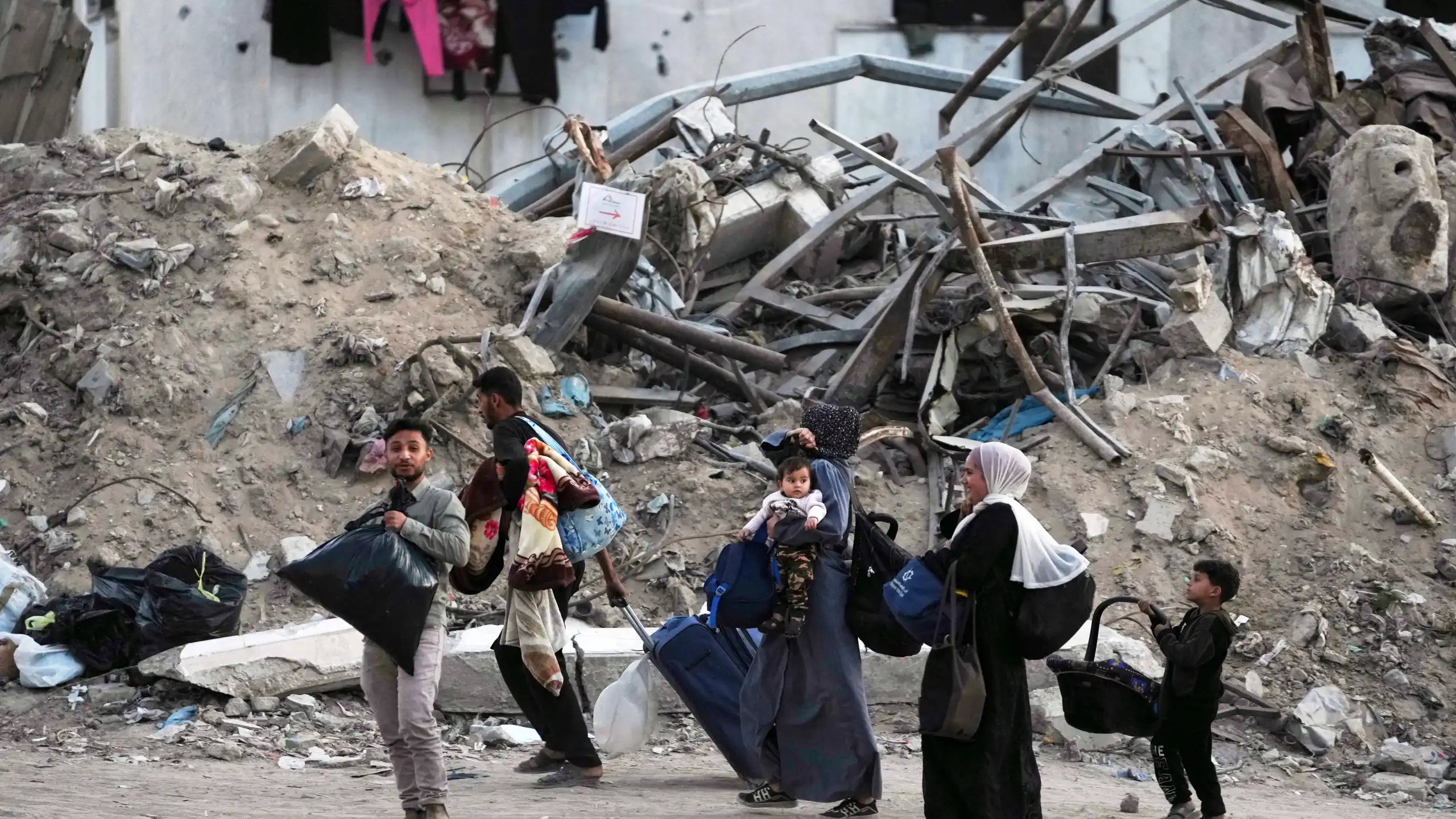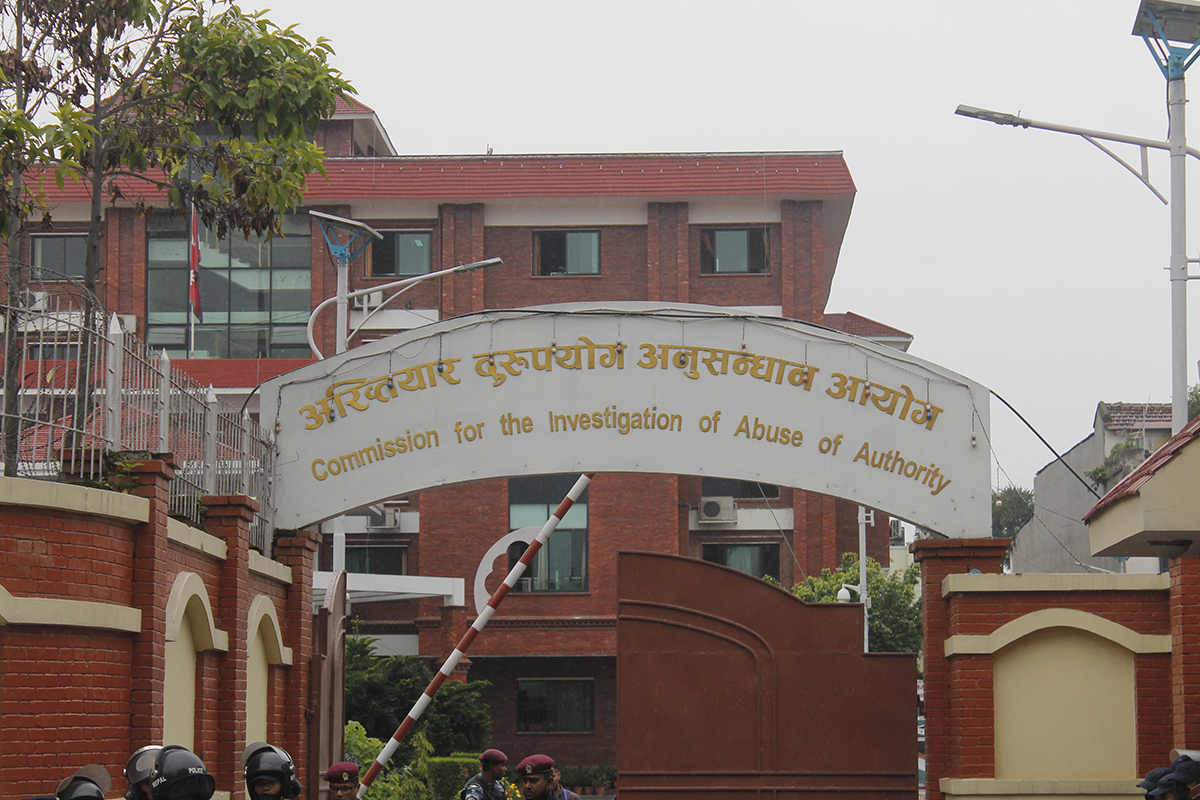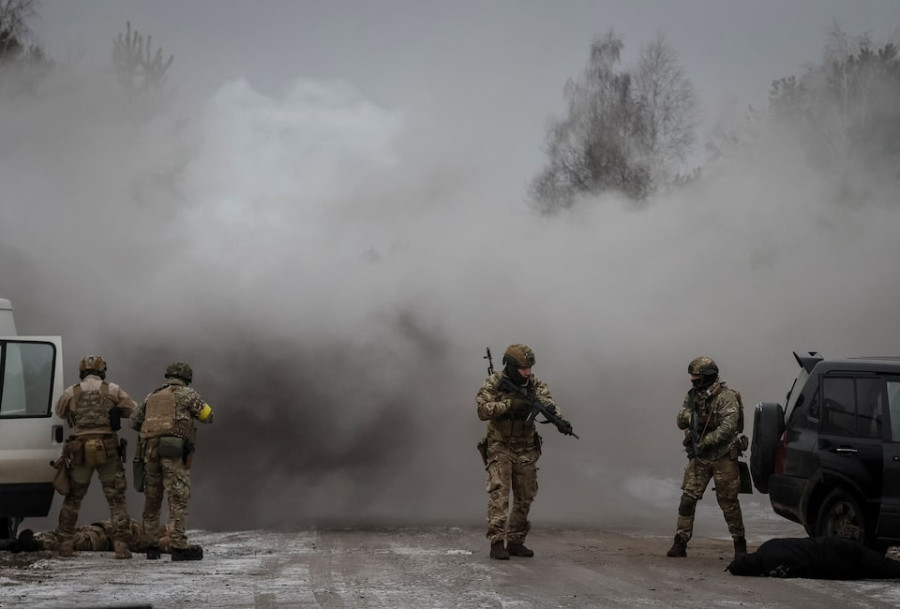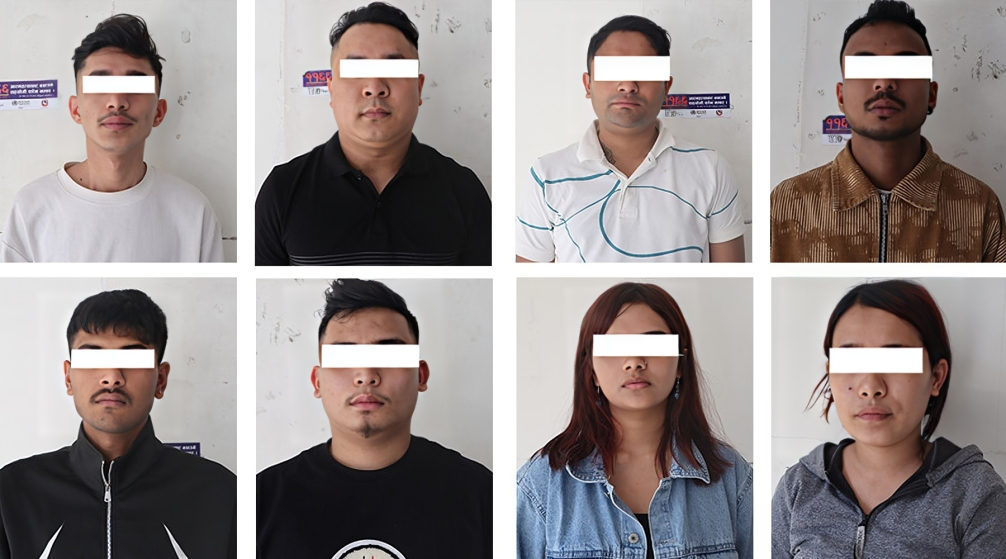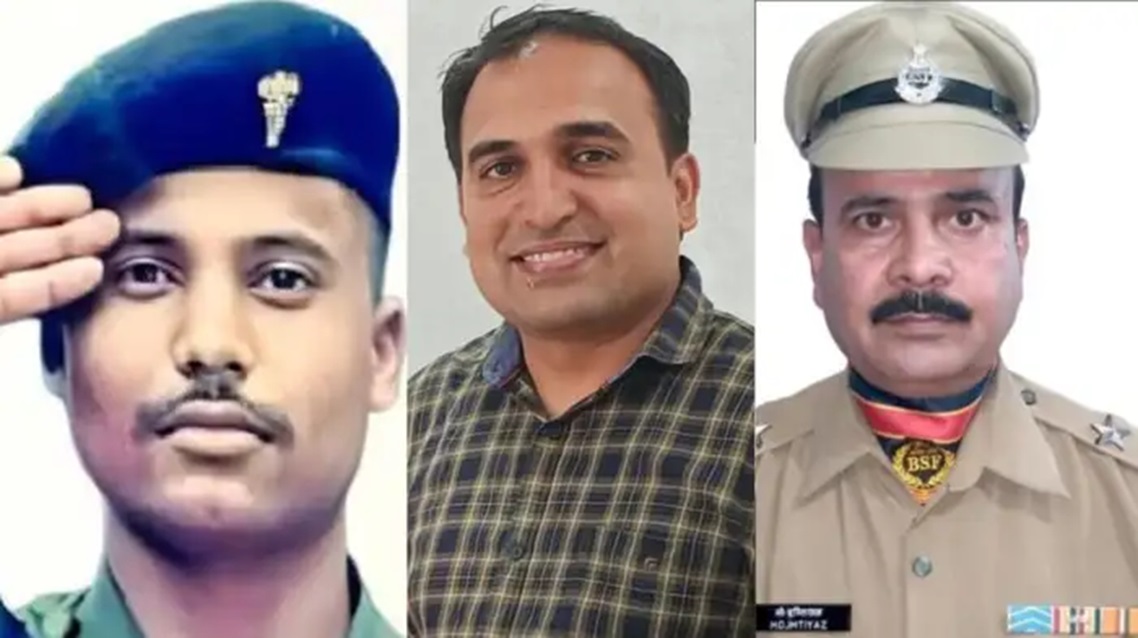‘One district, one school for deaf’ demanded
The government report indicates that the number of children with disabilities is just 3,270, out of 973,900 children, who are attending government-run 35,993 early childhood development centers across the country.

KATHMANDU: MAY. 2 – The National Federation of the Deaf Nepal has demanded a school for the deaf in each district.
It has proposed ‘one district, one school for the deaf ’for what it said to ensure quality education to the deaf people.
At a programme organised by the Federation here today, Federation general secretary Santosh KC said a Nepali sign language has just 4,700 words, urging the government to establish a sign language research center for further enrichment of the language.
Similarly, the Federation has sought an assignment of a sign language interpreter at each local level, and in each public programme, the establishment of a training center for the production of sign language interpreters, and jobs for the deaf being based on their skills, competency and needs.
The Federation is to audit and assess barriers facing the deaf people to access information and communication services, government and private offices and public places and to recommend ways for making them deaf-friendly.
The Federation has proposed the government to introduce the mandatory provision of the use or the interpretation of sign language while publishing/disseminating any notice in the draft of the ‘Guideline for Accessible Physical Infrastructure, Information and Communications’ going to be published by the Ministry of Women, Children and Senior Citizens.
National Federation of the Disabled, Nepal general secretary Raju Basnet stressed the need of making physical infrastructure fully disabled-friendly.
According to the UNICEF report, 30 per cent of the children with disabilities aged 5-12 are still out of schools.
The government report indicates that the number of children with disabilities is just 3,270, out of 973,900 children, who are attending government-run 35,993 early childhood development centers across the country.
Likewise, in terms of health, 81.4 per cent of the people with disabilities are more vulnerable to various health issues in comparison to others and among them, around 61 per cent face mental health issues.
According to the national census 2011, the population of the disabled makes up 1.94 per cent of the total demographic chart.



